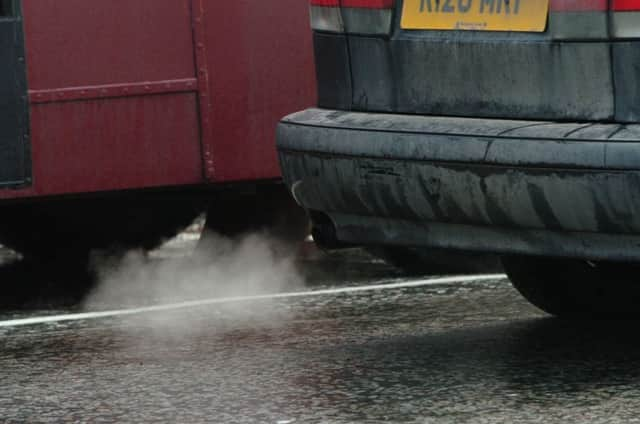Energy generation is a key issue for the election


As political parties publish their manifestos for May’s Scottish Parliament election, the way we generate our energy once again proves to be one of society’s key issues.
Driven by the certainty that climate change is already starting to affect us all, we’ve begun to make real progress in reducing the amount of carbon emitted into our atmosphere. That process must accelerate.
Advertisement
Hide AdAdvertisement
Hide AdCritics have said reshaping the way we produce and use energy will cost money – and in the short term, it will.
But as Scotland has already shown, doing so now can bring huge economic, social and environmental advantages.
That’s why in January, with exactly four months until the nation goes to the polls, Scottish Renewables published a manifesto which called for a new 2030 energy target.
We believe that by 2030 half of all the energy consumed in Scotland – for power, heat and transport – can and should come from renewable sources.
Targets provide a hugely powerful focus for government and industry, and helped create the green energy industry we have today.
Although it seems likely that we’ll fall just short of our 2020 renewables target, the benefits it’s brought have been enormous – not least 21,000 green energy jobs.
Meeting Scottish Renewables’ new 2030 goal would require a tripling of green energy from 2014 – achievable given that latest figures show we will be more than halfway there by 2020.
This new objective would be a natural next step from the country’s existing 2020 renewables targets, and would be the most effective way to tackle carbon emissions and maintain secure energy supplies, while helping to improve the nation’s health by reducing air pollution.
Advertisement
Hide AdAdvertisement
Hide AdTo meet this target, Scotland needs to map out and plan for the future integration of green heat, transport and electricity systems, reducing demand and anticipating a rise in the electrification of heating, road and rail transport.
With party manifestos for the May vote being published now we’re hoping the measures we’ve proposed receive broad support.
We’re calling on the next Scottish Government and local councils to speed up the roll-out of district heating schemes and low-carbon heat technologies in homes and businesses across Scotland, and to look at how the ownership of renewable energy could be expanded through a “green energy bond”. We also need to see more innovative incentives for people to switch to sustainable transport, and greater roll-out of electric vehicle charging points.
To support this transition, we’ll need to look at the continued deployment and expansion of some already-familiar technologies, and the advent of some less familiar ones.
Marine energy – in which the power contained in our waves and tides is captured – has the potential to make significant strides towards delivering a proportion of the energy we use, and Scotland is already one of the world leaders in the development of this technology.
The benefits of a wide range of storage technologies, too, are clear. By storing electricity and heat when demand is low and releasing it when required, storage ultimately makes our energy system more secure and gets the most out of our renewable technologies – helping to hit any future target. We also believe our public sector has a role to play in spearheading the growth of renewable energy, and would like to see local authorities, NHS boards and the Scottish Government itself acting as an exemplar by publishing a target for its use in heat, power and transport for public bodies.
The foundation for much of Scottish Renewables’ ambitious 2030 target has already been laid: figures out at the end of March showed Scotland generated the equivalent of 57 per cent of its electricity needs from renewable sources in 2015, surpassing the 50 per cent target set by ministers.
• Jenny Hogan is Director of Policy for Scottish Renewables www.scottishrenewables.com
SEE ALSO